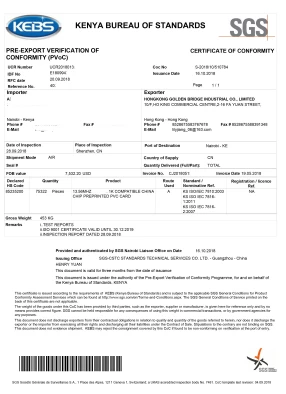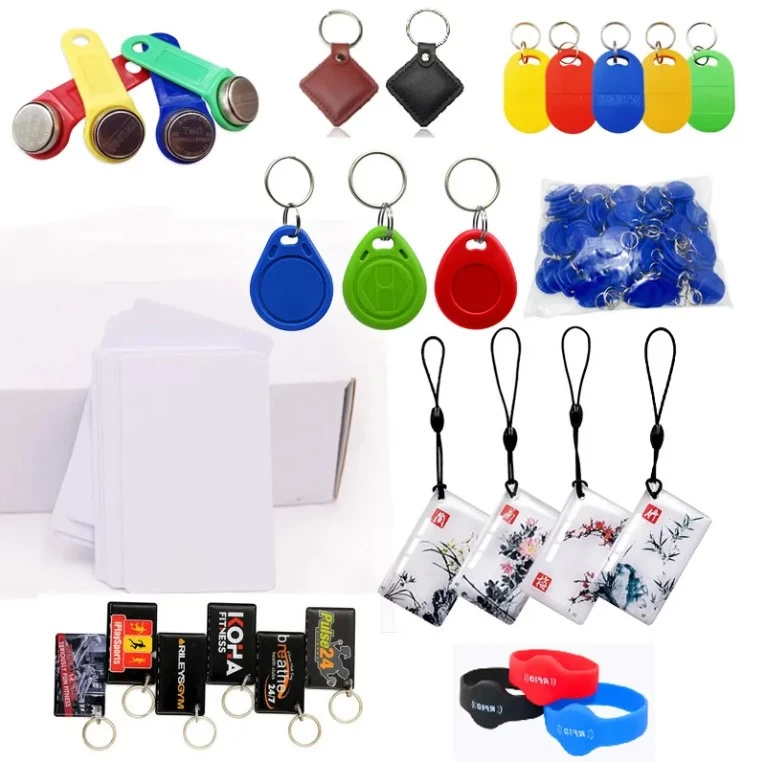Glass manufacturer uses RFID to track product packaging
Abstract: After deploying the RFID solution, the company can visualize the circulation of products and increase revenue in the supply chain.
Pilkington Brasil, a global glass manufacturer for the construction and automotive industries under the NSG Group, said that although it has not yet quantified the benefits to the company after the application of RFID technology, it has obtained the benefits of tracking each product packaged in the cycle of transportation. benefit. Now it can also present data such as product location to customers.
"This is the goal of deploying an RFID system." said Perci Afonso Catarin, director of supply chain at Pilkington's Brazil headquarters in Casa Pava. Prior to the deployment of this system, the process of tracking recyclable packaging was laborious, requiring invoices and paper receipts, which were error-prone and led to rework. "This process is basically based on the number of product packages sent to each customer and is completed by financial management. Internal availability monitoring is also achieved through actual inventory counting."

For two years, the company has been installing smart RFID tags on product packaging and then reading them. Catalin said: "At present, we have been able to track RFID tags at the entrance and exit of the company, and can detect the location of the product, whether the product is in the factory, pending shipment or under maintenance."
Once the company has completed the labeling work on 100% of the product packaging, it will be able to obtain complete information about the location of the product in the cycle of transportation. The middleware in this set of solutions was developed by SmartXHUB and is only used to read labels at the entrance and exit of the factory. Catalin said: "We deployed an integrated solution in a factory to identify whether trucks enter or leave the factory through channel sensors. Our biggest gain is that we have the WeB portal of SmartXHUB."
It is reported that the WeB portal is a website for all product information established by Pilkington to serve customers. It tracks the transportation of products between the company and customers through historical and real-time information, determines the average time it takes for each type of product to be transported inside and outside the Pilkington site, and counts the number of products at each customer's location. In addition, the WeB portal can isolate product information that needs to be maintained and mark the life cycle of special products. Then, by comparing the label readings and invoice information at the entrance and exit, the invoice verification procedure generated by the company's ERP system and the automatic loading of each truck are automatically executed.
Carlos Ribeiro, CEO of SmartXHUB, a company headquartered in Kissimmee, USA, said that this RFID system is integrated with the ERP system from SAP, and the data collector receives shipment orders and confirms shipment information. . He explained: "If the data is consistent, SAP will receive an instruction to issue an invoice."
Catalin added that SmartXHUB has completed all the development work of the project, from the software and hardware specifications to the architecture, and also carried out the corresponding installation and configuration, such as creating a personalized cloud computing portal website, which has been passed through the company’s IT team. Verification. "Since Pilkington has no RFID experience, this cooperation is very critical to the implementation of the project."
The reader is installed at the entrance and exit of the Casa Pava factory so that the company monitors all products arriving and leaving the factory. The company chose Zebra's reader and writer, and believes that it is a stable brand in the market that can be used in other departments of the company. The composition of the readers installed at each entrance and exit is different. The RFID tag is customized by SmartXHUB, is recyclable, and is packaged in an ABS plastic box to withstand the impact that may come from a forklift.
Electronic product code (EPC) recording and bar code printing are carried out at the same time. Place two tags with the same EPC number in each metal package for easy reading inside the truck. This is because loading and transporting metal products will cause huge disturbances, some of which are sealed with steel plates at the back and along the sides. The product packaging is returnable, so the label is fixed in place and will only be reapplied under special circumstances, such as when the product packaging is unavailable and needs to be replaced.
Catalin said, “The biggest challenge we face is the time required to complete the data reading. When the truck passes the fixed reader at the door, we must read 100% accurately without stopping. So we must investigate And find the best solution, such as speed, configuration, antenna positioning and tag type. But with the help of SmartXHUB, we can overcome these challenges."
In the future, “we still need to continue to install labels in our product packaging, which is a manual and time-consuming process. In addition, we are working hard to connect the systems to each other to make it easier to display product location information.” Currently, All trucks leaving the company must pass through the RFID antenna at the door to read all the products on each vehicle. When the truck returns from the customer site, the same read operation is performed.
This is a huge opportunity for Pilkington. "This is not a low-cost project, because the demand of the industrial market and the amount of information we want to know is huge. But now, we have begun to show this result internally, and even to our customers, to make product packaging management more reliable. ."
Ribeiro added: "The successful use of our RFID platform by a company of the size and reputation of Pilkington is not only an extraordinary achievement, it also shows that our technological development is on the right track."
For more information please contact sales@goldbridgesz.com


























